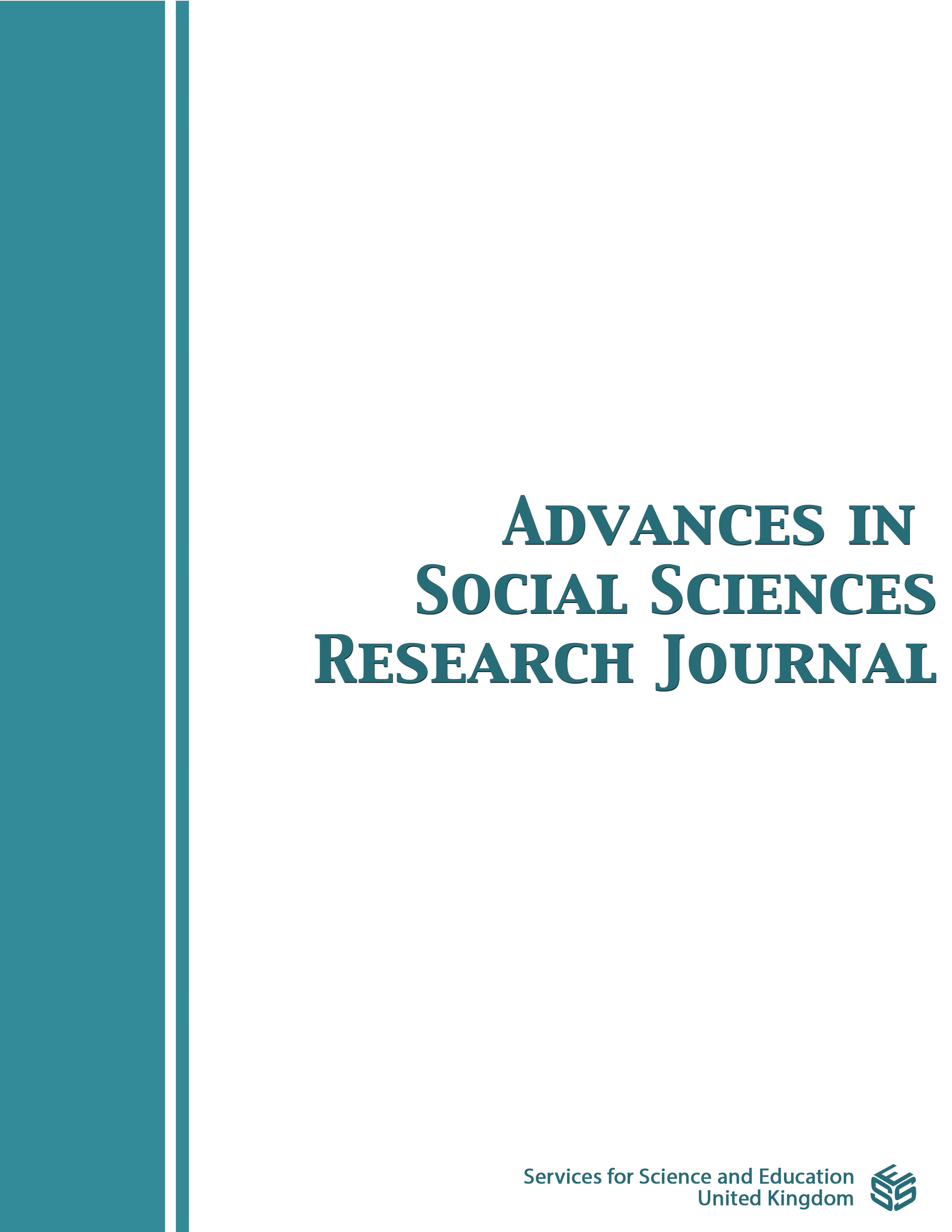The Effects of TV Viewing, Computer and Gaming Console Use on Academic Achievement: A Longitudinal Study
DOI:
https://doi.org/10.14738/assrj.105.14692Keywords:
screen time, media exposure, academic achievement, academic performance, learningAbstract
Background: Early learning experiences are crucial for children’s optimal development. The rising prevalence of screen time (ST) in children’s lives have raised concerns regarding their effect on academic outcomes (Gingold et al., 2013). Aim: This study used a longitudinal design to examine the effects of the amount of ST on academic achievement. Method and Sample: The “Growing Up in Australia: A Longitudinal Study in Australia (LSAC)” (Soloff et al., 2005) was the primary data source for this research and focused on children from this cohort who were 4-5 years of age on enrolment (N=2954). The National Assessment Program for Literacy and Numeracy (NAPLAN) was used to measure five academic domains: reading, writing, numeracy, spelling and grammar/punctuation at two time points. Results: Increased ST at Time 1 (T1) demonstrated a negative association with Year 3 NAPLAN scores in reading (B= -5.94), writing (B= -3.08), numeracy (B= -4.85), spelling (B= -4.03), and grammar/punctuation (B= -5.74). Increased ST at Time 2 (T2) demonstrated a significant negative association with only Year 5 NAPLAN scores in grammar/punctuation (B= -2.72). ST at T1 predicted lower scores on the Year 5 NAPLAN in reading (B= -1.67), writing (B= -2.36), and grammar/punctuation (B= -1.96). This effect was not observed for numeracy and spelling. Conclusions: Overall, these findings illustrate that more ST leads to a decreased performance in academic achievement over time, although this was not present across all domains. These findings may have implications for educational settings, as technology is increasingly utilised for educational purposes.
Downloads
Published
How to Cite
Issue
Section
License
Copyright (c) 2023 Nghi Hoang Bui, Marilyn Cruickshank, John McAloon, Jane Maguire

This work is licensed under a Creative Commons Attribution 4.0 International License.
Authors wishing to include figures, tables, or text passages that have already been published elsewhere are required to obtain permission from the copyright owner(s) for both the print and online format and to include evidence that such permission has been granted when submitting their papers. Any material received without such evidence will be assumed to originate from the authors.






